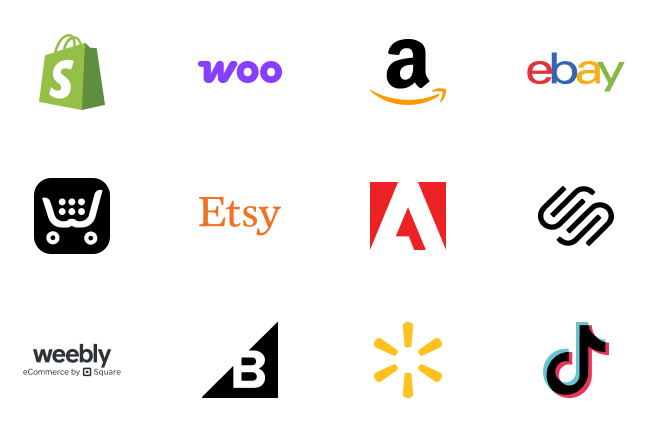Crowdfunding has surged in popularity in recent years, but knowing the different types of crowdfunding is crucial for any campaign looking to get off the ground.
Although there are a number of crowdfunding categories out there, they all differ considerably and are useful in different situations. Here’s a closer look at some of the different types of crowdfunding commonly used today!
How Many Types of Crowdfunding are There?
Generally, there are five major types of crowdfunding that are often used by campaigns worldwide. They include:
- Donation-based crowdfunding
- Rewards-based crowdfunding
- Equity crowdfunding
- Debt-based crowdfunding
- Royalty-based crowdfunding
Here’s a quick look at them in detail!
1. Donation-based Crowdfunding
This type of crowdfunding, just as it implies, involves donations that don’t require the recipient to give anything back to the supporters of the campaign. The donors give simply because they want to support the person’s idea or cause. This is the type of crowdfunding that’s primarily used for charitable, social, community, and medical causes.
2. Rewards-based Crowdfunding
Rewards-based crowdfunding is another popular type of crowdfunding. In this type of campaign, the individuals supporting the cause or idea are given different types of rewards to show appreciation.
The rewards received are generally proportional to the amount contributed, as indicated by the initiator of the campaign. These rewards are usually in the form of souvenirs like shirts, hats, product samples, and the like.
3. Equity Crowdfunding
With equity crowdfunding, also called investment crowdfunding, entrepreneurs are able to raise money for their business by selling off part of their company to outside investors in exchange for capital. In doing this, the investor becomes a shareholder in the business.
This can be done as an individual or as a group and is a popular way for startups, small businesses, and sole proprietors to obtain funding.
4. Debt-based Crowdfunding
Debt-based crowdfunding is when the initiator of the campaign seeks to borrow money from individuals or groups to fund their business. In exchange for the money borrowed, the supporters receive a binding commitment to repay the amount borrowed at given time periods.
These funds might be interest or non-interest-based and payable once the business starts generating revenue.
This option is pursued by entrepreneurs who do not want to give up any equity in their new business.
5. Royalty-based Crowdfunding
Finally, royalty-based crowdfunding offers backers of a cause or idea a percentage of the revenue accrued from the project or venture once it actually starts generating revenue.
A good example is a mobile app. Once the app is developed, launched, and starts selling, the backers can expect to start sharing in the revenue coming in.
This does not, however, make the backers shareholders in the venture. They, as participants of the funding, are only entitled to the royalties they will get from sales made.
What is the Best Type of Crowdfunding for You?
Crowdfunding’s something that’s here to stay and with the various crowdfunding categories available, a lot of entrepreneurs have been able to raise adequate funds to help their entrepreneurial and creative ventures take off. However, it’s still very important to carefully choose the crowdfunding method that suits your campaign best!
Donation-based crowdfunding is your best bet if your cause is for charity while rewards-based crowdfunding is always a great option if you’re engaging in a creative project that you’d like to share with your backers in the form of sample or souvenir rewards.
Equity-based crowdfunding should be adopted if you’re looking to bring on shareholders when raising funds, while debt-based crowdfunding is a good idea if you’d like to receive repayable funds without giving your backers any rights over your business. Finally, royalty-based crowdfunding is a solid option if you want to show gratitude to your backers by giving them a percentage of your earnings.
All these different crowdfunding categories are suitable for different purposes - so be sure to conduct proper research to choose which one is best for you!
Fortunately, Easyship offers extensive experience and resources helping all sorts of crowdfunding campaigns find success worldwide. Learn more and be sure to sign up for a free Easyship account today to help your crowdfunding campaign find success on a global level - no matter which crowdfunding type you choose!















































.svg)
.svg)






.avif)
.avif)

.avif)
.avif)


.avif)


.avif)










.avif)
.avif)



.avif)
.avif)


.avif)
.avif)


.avif)



.webp)







.svg)





.webp)